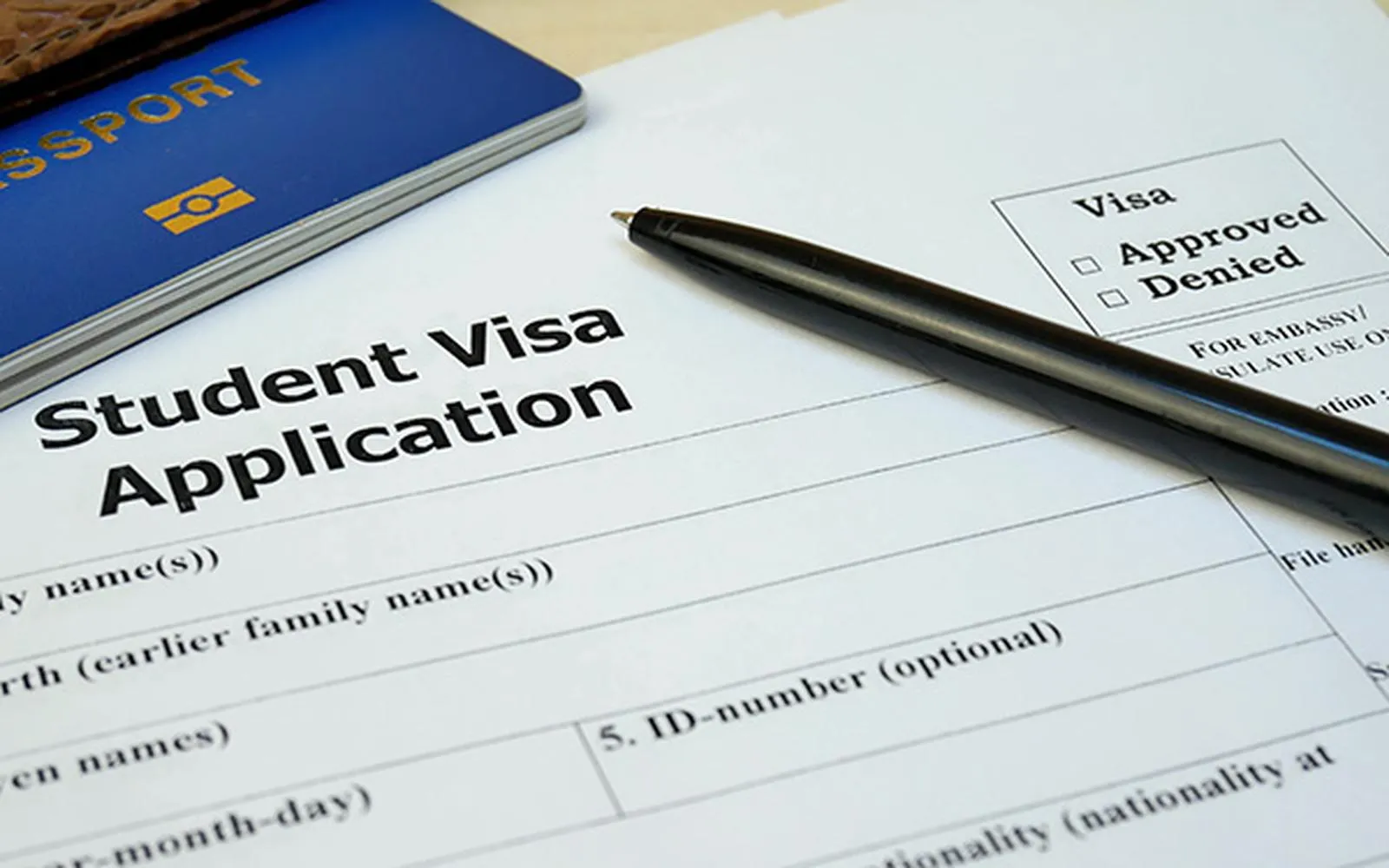Comprehensive Guide to Student Loan Assistance Options: Find the Right Help for Your Education Debt
Navigating the complexities of student loans can be daunting for many borrowers, especially as education debt continues to rise. With numerous options available for assistance, it's essential to understand the various paths you can take to alleviate financial burdens. This comprehensive guide will explore the different types of student loan assistance, including federal and private programs, income-driven repayment plans, and forgiveness options. Whether you're a recent graduate or still in school, finding the right help for your education debt can empower you to make informed decisions and pave the way toward a brighter financial future.
Introduction
Student loan debt has become an increasingly pressing issue for many individuals pursuing higher education. With the cost of college continuing to rise, millions of students and graduates are grappling with the burden of repaying their loans. Fortunately, there are various assistance options available to help manage and alleviate this financial strain. This comprehensive guide will explore the different types of student loan assistance options, eligibility requirements, application processes, and tips for finding the right help for your education debt.
Understanding Student Loans
Before diving into assistance options, it is essential to understand the different types of student loans available. Generally, student loans fall into two main categories: federal and private loans.
Federal Student Loans
Federal student loans are funded by the government and typically offer more favorable terms compared to private loans. They come in several forms:
- Direct Subsidized Loans: These loans are need-based and the government pays the interest while you are in school at least half-time.
- Direct Unsubsidized Loans: These loans are not need-based, and interest accrues while you are in school.
- Direct PLUS Loans: These loans are available to graduate students and parents of dependent undergraduate students. They require a credit check.
- Federal Perkins Loans: Although this program ended in 2017, some borrowers may still have Perkins loans, which were low-interest loans for students with exceptional financial need.
Private Student Loans
Private student loans are offered by banks, credit unions, and other financial institutions. They usually require a credit check and often have higher interest rates and less flexible repayment options than federal loans. It’s essential to thoroughly research and compare lenders before committing to a private loan.
Assessing Your Student Loan Situation
Before exploring assistance options, borrowers should assess their current student loan situation. This includes determining the total amount owed, the types of loans, interest rates, and repayment terms. Borrowers can use the National Student Loan Data System (NSLDS) to find their federal loan information. For private loans, contacting the lender directly is necessary.
Loan Repayment Options
One of the first steps in managing student loan debt is to understand the available repayment options, especially for federal loans. Here are the primary repayment plans:
Standard Repayment Plan
This plan features fixed monthly payments over a period of 10 years. It is the default repayment plan for federal loans and is advisable for borrowers who can manage higher monthly payments.
Graduated Repayment Plan
This plan starts with lower payments that gradually increase every two years, allowing borrowers to start with a manageable payment while anticipating future income growth.
Extended Repayment Plan
Available for borrowers with more than $30,000 in direct loans, this plan extends the repayment term up to 25 years, resulting in lower monthly payments.
Income-Driven Repayment Plans
These plans adjust monthly payments based on the borrower’s income and family size. There are four main types:
- Income-Based Repayment (IBR): Payments are capped at 10-15% of discretionary income and forgiven after 20-25 years.
- Pay As You Earn (PAYE): Payments are capped at 10% of discretionary income and forgiven after 20 years.
- Revised Pay As You Earn (REPAYE): Similar to PAYE but available to all borrowers, with forgiveness after 20-25 years.
- Income-Contingent Repayment (ICR): Payments are the lesser of 20% of discretionary income or what you would pay on a fixed payment plan over 12 years.
Loan Forgiveness Programs
Loan forgiveness programs can be a lifesaver for borrowers looking to reduce their student loan burden. Here are some prominent forgiveness options available to federal loan borrowers:
Public Service Loan Forgiveness (PSLF)
PSLF is designed for borrowers who work in qualifying public service jobs. After making 120 qualifying monthly payments under a qualifying repayment plan, borrowers may have the remaining balance forgiven.
Teacher Loan Forgiveness
This program offers forgiveness for teachers who work in low-income schools or educational service agencies. Eligible teachers can receive forgiveness of up to $17,500 after five years of service.
Income-Driven Repayment Forgiveness
Borrowers on income-driven repayment plans may qualify for forgiveness after making payments for 20 to 25 years, depending on the specific plan.
State and Employer Assistance Programs
Many states and employers offer student loan assistance programs to help residents or employees manage their education debt. These programs often come in the form of loan repayment assistance, grants, or scholarships. Here are a few examples:
State-Based Loan Repayment Programs
Many states have established programs that provide loan repayment assistance to borrowers who work in high-demand fields, such as healthcare, teaching, or public service. Eligibility requirements vary by state, so it is essential to research local programs.
Employer Student Loan Repayment Assistance
Some employers offer student loan repayment assistance as a benefit to attract and retain talent. These programs can vary significantly, so it is advisable to inquire about such benefits during the job application process.
Grants and Scholarships
While grants and scholarships do not need to be repaid, they can significantly reduce the amount of student loan debt incurred. It is crucial for students to explore various sources of scholarships and grants, including:
Federal and State Grants
Federal Pell Grants and state-specific grants are awarded based on financial need and do not require repayment. Completing the Free Application for Federal Student Aid (FAFSA) is essential to be considered for these grants.
Private Scholarships
Numerous organizations, foundations, and companies offer private scholarships based on merit, need, or specific criteria. Websites like Fastweb, College Board, and Cappex can help search for scholarships that fit individual profiles.
Debt Consolidation and Refinancing
Debt consolidation and refinancing can be viable options for managing student loans, especially for those with multiple loans or high-interest rates. Here’s a closer look at these options:
Federal Loan Consolidation
This process combines multiple federal loans into a single Direct Consolidation Loan, resulting in one monthly payment. However, consolidation may result in a longer repayment period and a higher interest rate.
Private Loan Refinancing
Refinancing involves taking out a new loan with a private lender to pay off existing loans. This can lead to lower interest rates and potentially lower monthly payments, but borrowers should carefully consider the loss of federal protections and benefits.
Finding the Right Help
With various options available, borrowers may feel overwhelmed when seeking assistance for their student loans. Here are some steps to guide you in finding the right help:
Research and Compare Options
Take the time to research and compare different assistance options based on your individual circumstances. Websites like the Federal Student Aid and the Consumer Financial Protection Bureau offer valuable resources.
Consult a Financial Advisor
If you’re unsure about which options may be best for your situation, consider consulting a financial advisor specializing in student loans. They can provide personalized guidance tailored to your financial situation.
Reach Out to Loan Servicers
Contact your loan servicer for information about repayment options, forgiveness programs, and assistance specific to your loans. They can guide you through the process and help you understand your options.
Conclusion
Managing student loan debt can be a daunting task, but numerous assistance options are available to help borrowers find relief. From understanding repayment plans to exploring forgiveness programs and seeking help from financial advisors, it’s crucial to take proactive steps in addressing education debt. By utilizing the resources and options available, borrowers can work toward a more manageable financial future.
Explore

Student Visa Lawyer: Expert Legal Assistance for Studying Abroad

Find Top Nearby Legal Experts: Your Guide to Local Legal Assistance

How a Financial Advisor Can Help You Break Free from Debt

Unlocking Your Future: A Comprehensive Guide to Navigating Private Student Loans

How They Help Your Business Find the Best Employee Benefits

Navigating the Maze: Essential Insights into Graduate Student Loans for a Brighter Future

Student Visa Lawyers: Essential Advice for International Students

Top Accredited Online Business Schools: Your Guide to Quality Education and Career Advancement
